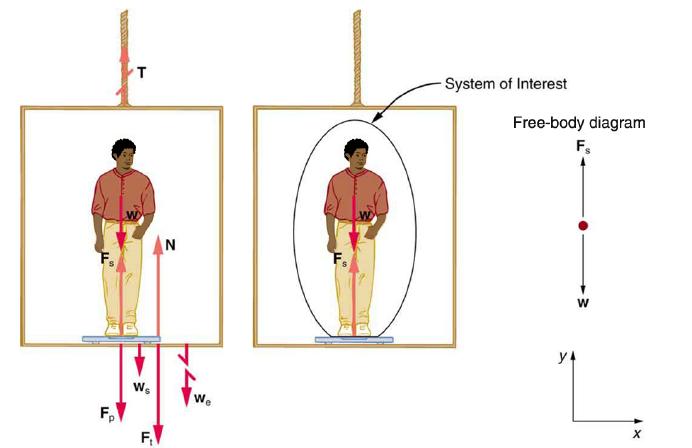Figure 4.23 shows a 75.0-kg man (weight of about 165 lb) standing on a bathroom scale in
Question:
Figure 4.23 shows a 75.0-kg man (weight of about 165 lb) standing on a bathroom scale in an elevator. Calculate the scale reading:
(a) If the elevator accelerates upward at a rate of 1.20 m/s2, and
(b) If the elevator moves upward at a constant speed of 1 m/s.

Strategy
If the scale is accurate, its reading will equal Fp, the magnitude of the force the person exerts downward on it. Figure 4.23(a) shows the numerous forces acting on the elevator, scale, and person. It makes this one-dimensional problem look much more formidable than if the person is chosen to be the system of interest and a free-body diagram is drawn as in Figure 4.23(b). Analysis of the free-body diagram using Newton's laws can produce answers to both parts (a) and (b) of this example, as well as some other questions that might arise. The only forces acting on the person are his weight w and the upward force of the scale Fs. According to Newton's third law Fp and Fs, are equal in magnitude and opposite in direction, so that we need to find Fs, in order to find what the scale reads. We can do this, as usual, by applying Newton's second law,
![]() From the free-body diagram we see that Fnet = Fs - w, so that
From the free-body diagram we see that Fnet = Fs - w, so that

No assumptions were made about the acceleration, and so this solution should be valid for a variety of accelerations
in addition to the ones in this exercise.
Step by Step Answer:






